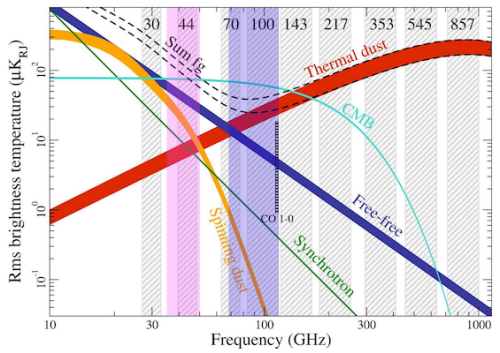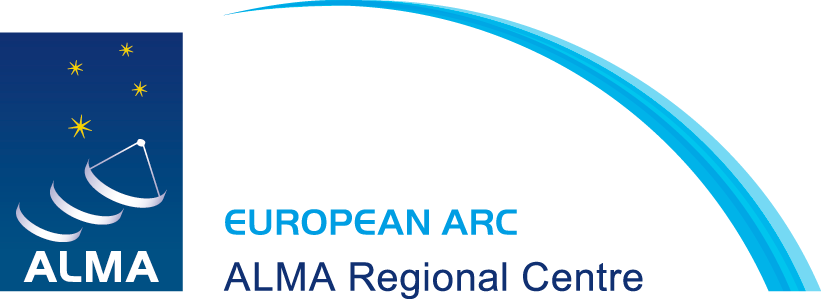The contract has been signed for the production of the final set of receivers to be installed on the Atacama Large Millimeter/submillimeter Array (ALMA). Of the originally foreseen ten receiver bands, eight have already been installed, and the ninth, Band 1, is currently in production in East-Asia. Now, contracts have been signed to start the production of the final band in the original ALMA definition — Band 2, led by ESO. Exceeding the originally defined frequency range for this Band (67-90 GHz), the proposed receiver will operate at the full 67-116 GHz frequency window. The hugely successful Band 3 receiver has already opened up the 84-116 GHz frequency range years ago, but the new Band 2 will allow for observations across the entire 67-116 GHz atmospheric window using a single receiver. The project will involve multiple international partners as detailed below.
ALMA Band 2 Contracts Signed

Following successful tests of a prototype Band 2 receiver (Yagoubov et al. 2020, A&A 634, A46), the ALMA board has approved the pre-production of a series of six cartridges, with the goal of eventually moving into the production of the full set, one for each of the ALMA antennas. This will depend on the verification of the performance and series production readiness based on the pre-production receiver cartridges.
The 67-116 GHz atmospheric window is rich in strong molecular lines with less crowding than other atmospheric windows. Due to the relatively low excitation energies, these lines are exceptionally suited for studying the dense molecular gas and early phases of star formation. Furthermore, the window is rich in complex organic molecules (COMs), tying in directly with the new fundamental science drivers defined in the ALMA 2030 Development Roadmap. Band 2 will also fill a gap in ALMA's ability to observe the molecular reservoir in redshifted galaxies. Finally, Band 2 continuum measurements have the lowest intrinsic background, as thermal dust emission, CMB emission, free-free emission and synchrotron emission conspire to form a local emission minimum in frequency space.
The production of the Band 2 receiver cartridges will be undertaken by a consortium comprising the Netherlands Research School for Astronomy (NOVA), Chalmers University, Gothenburg, Sweden, and the Italian National Institute for Astrophysics (INAF). The National Astronomical Observatory of Japan (NAOJ) will contribute to the production and testing of receiver optics as an East Asia contribution to the ALMA Development Program. The National Radio Astronomy Observatory (NRAO) and the University of Chile have been involved in the development and production of some components of the receivers, which will be sent to ESO for testing and integration.
The figure shows the typical contributions of continuum emission sources with respect to the ALMA Band 2 frequency coverage (purple shaded region), and the Band 1 frequency coverage (pink shaded region). ALMA Band 2 will on average span one of the cleanest mm or submm-wave windows available. The grey bands depict the frequency bands of the Planck satellite, which covered similar frequencies as ALMA. Figure adapted from Planck Collaboration et al 2016 (A&A 594, A10 (2016)).

